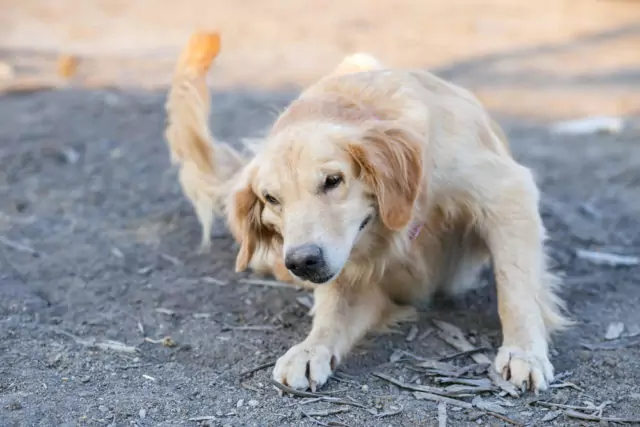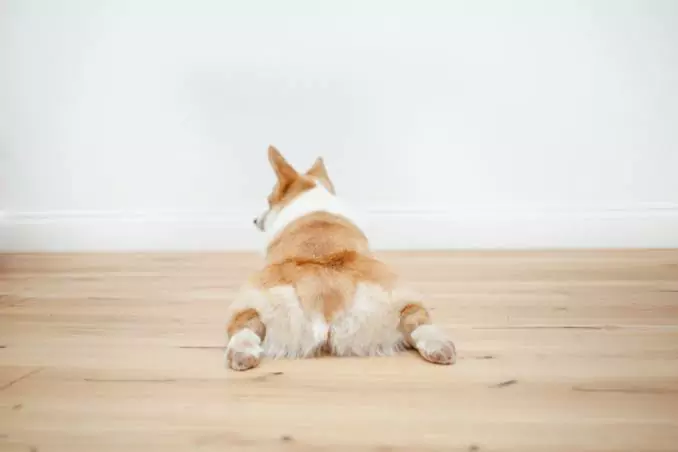How often should I feed my dog?
2022-07-08
I. How often should I feed your puppy?
The first six to eight weeks
For the first six to eight weeks of life, puppies should stay with their mothers and be allowed respite care. They must be nursed by their mother. Breastmilk provides the best nutrition and provides antibodies to help protect your puppy from disease. Sometimes it is not possible to keep a puppy with its mother during the first eight weeks of life, such as when the child's mother has eclampsia or mastitis. In these cases, milk substitutes and bottles specially designed for puppies can be found at any large pet store.
Weaning puppies to solid food
Weaning a puppy to solid food should not be an overnight process, but should be done in two to three weeks. Start by choosing the brand of puppy food you want to feed. Puppies have high calorie and nutritional needs, so the food chosen should be a high-quality brand of puppy food. Talk to your veterinarian for specific recommendations, but in general, the best puppy food is a good source of protein, calcium, and calories.
Begin introducing your puppy to dog food at four to six weeks of age by mixing dog food and milk alternatives to make a thin gruel. Offer the porridge three to four times a day, gradually reducing the amount of milk replacement used to make the porridge. This way your puppy gradually learns to adapt to solid food and stomach discomfort is minimized. At about eight weeks of age, your puppy should be eating solid food.
How often to feed your puppy
Puppies should be fed three to four times a day, so if you are currently feeding two cups of puppy food a day, you should consider feeding puppy food three times a day.
Smaller meals are easier for puppies to digest, and energy levels don't peak and dip with frequent meals. After about six months, you can start feeding twice a day for convenience, but since your dog is a mixed large breed, I recommend you stick to 3-4 times a day if possible to reduce the risk of dilated gastric torsion.
Moving away from puppy food
Puppy food is high in calories and nutritional supplements, so once your puppy starts to approach maturity, you'll want to switch to adult food. There is no set age when the switch should be made, as it will vary depending on the breed and individual dog.
In general, the younger the dog, the faster they mature. While some toy breeds mature even earlier, smaller breeds can weigh up to 30 pounds and mature between 10 and 12 months. Medium breeds, weighing 80 pounds, mature between 12 and 16 months, and I believe your puppy may fall into this category. It depends on how big of a Pyrenees she is. Large dogs weighing over 80 pounds can take up to two years to reach maturity.
When switching to adult food, do it slowly throughout one to two weeks, gradually increasing the amount of adult food mixed with decreasing the amount of puppy food to minimize stomach upset.
Avoid foods
Try to avoid foods that list corn or meat by-products as the first ingredient, as meat should be the first ingredient.
Avoid feeding your dog food for longer than you have. Feeding puppies food for too long can lead to obesity and orthopedic problems. You'll know when it's time to switch when you notice your dog is eating less dog food, or he starts to gain weight.
Don't let your dog get chubby.
To decide how much food you should give, it's important to be able to judge your dog's body condition score. The recommendations on the label are only guidelines and do not apply to every dog. You may need to feed more or less according to your dog's condition score.
Ideally, you should be able to feel, but not see, the rib cage and look directly down your dog should have a recognizable lumbar area when your dog is standing. Ask your vet if your dog is at a healthy weight.
II. Puppy feeding considerations
Generally, the puppy feeding interval is once in 5-6 hours is fine, about 3-4 times a day. The owner can give the puppy food such as soaked soft dog food or millet porridge, take the puppy for a walk outdoors half an hour after each feeding, and if too much is fed at one-time indigestion can choose to regulate the gut with probiotics.
Puppy feeding interval 5-6 hours
The puppy's gut is relatively fragile, each feeding is not too much, generally intervals of 5-6 hours a feeding can be, 3-4 times a day feeding food, the owner needs to master the principle of puppies need to eat less and more meals so that the puppy's gut can better digest food.
Puppy feeding diet
Owners can choose to feed the puppy softened dog food, millet porridge, or special cans for dogs and other food, each time to feed the puppy, you need to wait half an hour, and the owner takes the puppy for a walk outdoors, which can make the puppy's stomach easier to digest food, to prevent indigestion.
Puppy feeding precautions
If the owner inadvertently feeds the puppy too much at one time, it can easily lead to the dog's gut not being able to digest the food properly. The owner can choose to use probiotics or yogurt and other foods to help condition the puppy's gut so that it can recover.
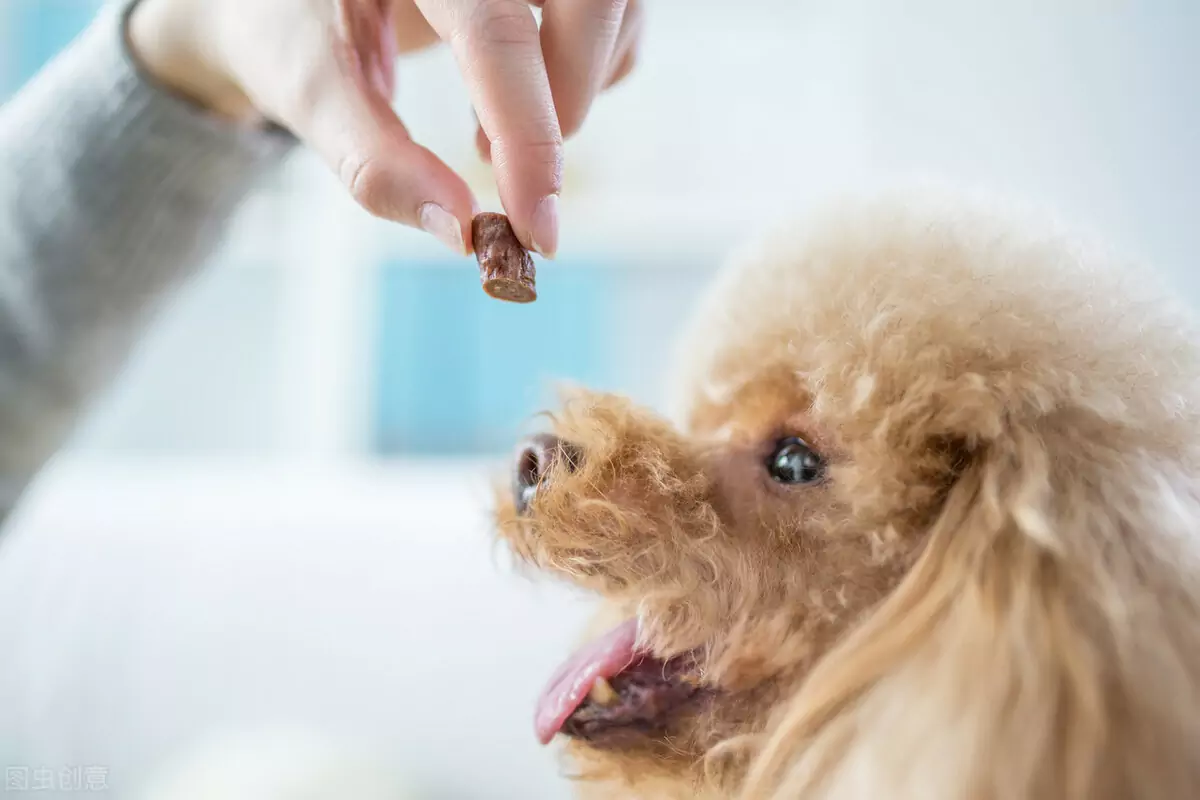
Three, a clear feeding regime
Whether a dog is well-nourished and healthy and strong depends on the degree of care of the pooper scooper and whether the feeding and management of the dog are fine enough, especially for the more delicate pet dogs, which need the professional and scientific feeding of the pooper scooper to be very healthy.
1. Feeding system clear
Timing: the daily feeding time of the dog should be fixed, not early or delayed, the dog's digestive system and so on is also required to form a fixed biological clock, and the need for regular feeding to form a conditioned reflex, can make the dog's digestive system regular work and rest, to improve the absorption of food utilization.
Generally within one-year-old dogs three times a day, within three months a day feed 4 times, within two months, 5 times a day, within one month 6 times a day, and winter and more than 1-year-old dogs can be fed once a day in the morning and evening, respectively, it is best to eat after exercise, after defecation.
Quantitative: quantitative is to pay attention to not letting the dog overeat, or hungry for a full meal, if too full easily indigestion, too little, the dog will be hungry and can not be quiet, can not rest well.
Fixed temperature: "warm in winter, cool in summer, warm in spring and autumn" to adjust the temperature of diet and water according to the seasonal temperature.
Fixed quality: to specify different standards of food according to the different physiological states of the dog.
2. Fixed dishes and places
Dogs should have a fixed food and water bowl, to be cleaned regularly to avoid illness, but also in a fixed place. Fixed dishes and places help dogs to develop good eating habits.
3. Sufficient water
To give the dog a fixed water bowl, the water bowl should always have sufficient water. Water to choose tap water, well water, and other clean water, to provide warm water in winter, summer attention to increase the amount of water.
4. Often observe the dog's appetite and eating situation
To often observe how the dog's appetite, as well as the number of dog meals, eating when the mental state how. If the dog's appetite is suddenly poor, first exclude objective reasons (dog food is not appetizing, noisy surroundings, etc.), if not objective reasons, then pay attention to, whether the dog has been sick.
The dog must be responsible for it, and dog breeding requires care, patience, and a certain degree of professionalism, to grow a good dog, one must learn more pet knowledge, can not hide laziness, hope that the shovel officers can raise a strong and healthy dog Oh!
#
Intestines and stomach
#dog food
#feeding
#solid food
#excrement shovel official
#porridge
#puppy
#water basin
Was this article helpful to you?
Other links in this article
English:
How often should I feed my dog?
Nederlands:
Hoe vaak moet ik mijn hond eten geven?
Polskie:
Jak często należy karmić psa?
Português:
Com que frequência devo alimentar o meu cão?
português (Brasil):
Com que freqüência devo alimentar meu cão?
中文简体:
我应该多久喂一次我的狗
中文繁体:
我應該多久喂一次我的狗
Comments
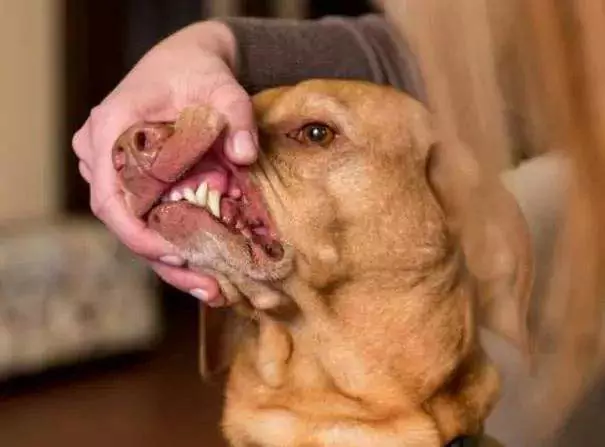
Is a dog's mouth cleaner than a human's? Dogs' mouths need regular cleaning
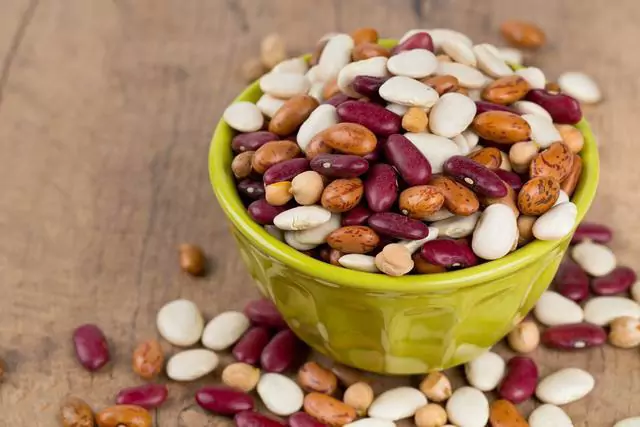
Can dogs eat beans? Do dogs eat beans for health?
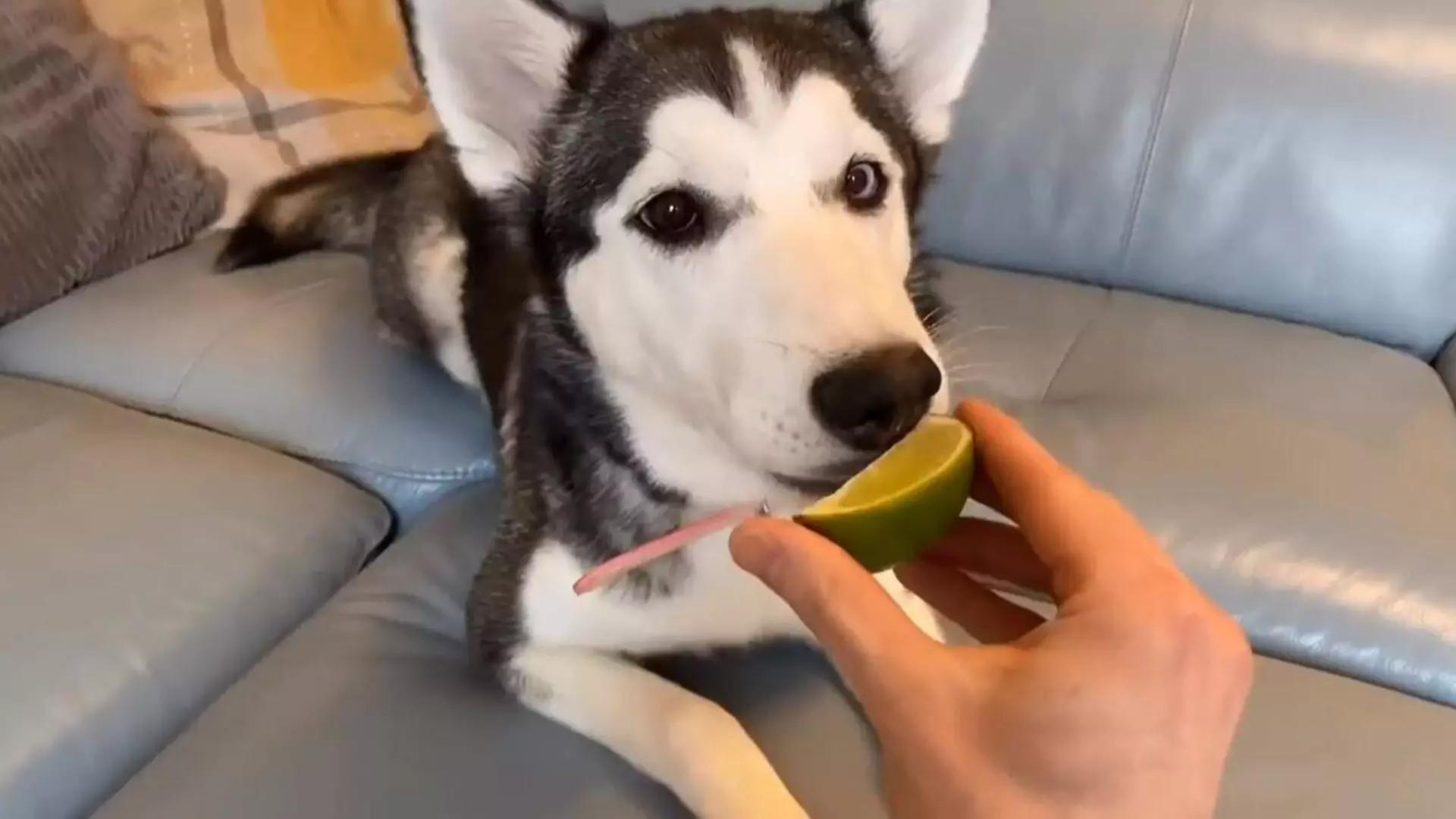
Can dogs eat lemons? Fruits that dogs should not eat more of

Do dogs have nightmares? Are dogs' dreams similar to humans'?
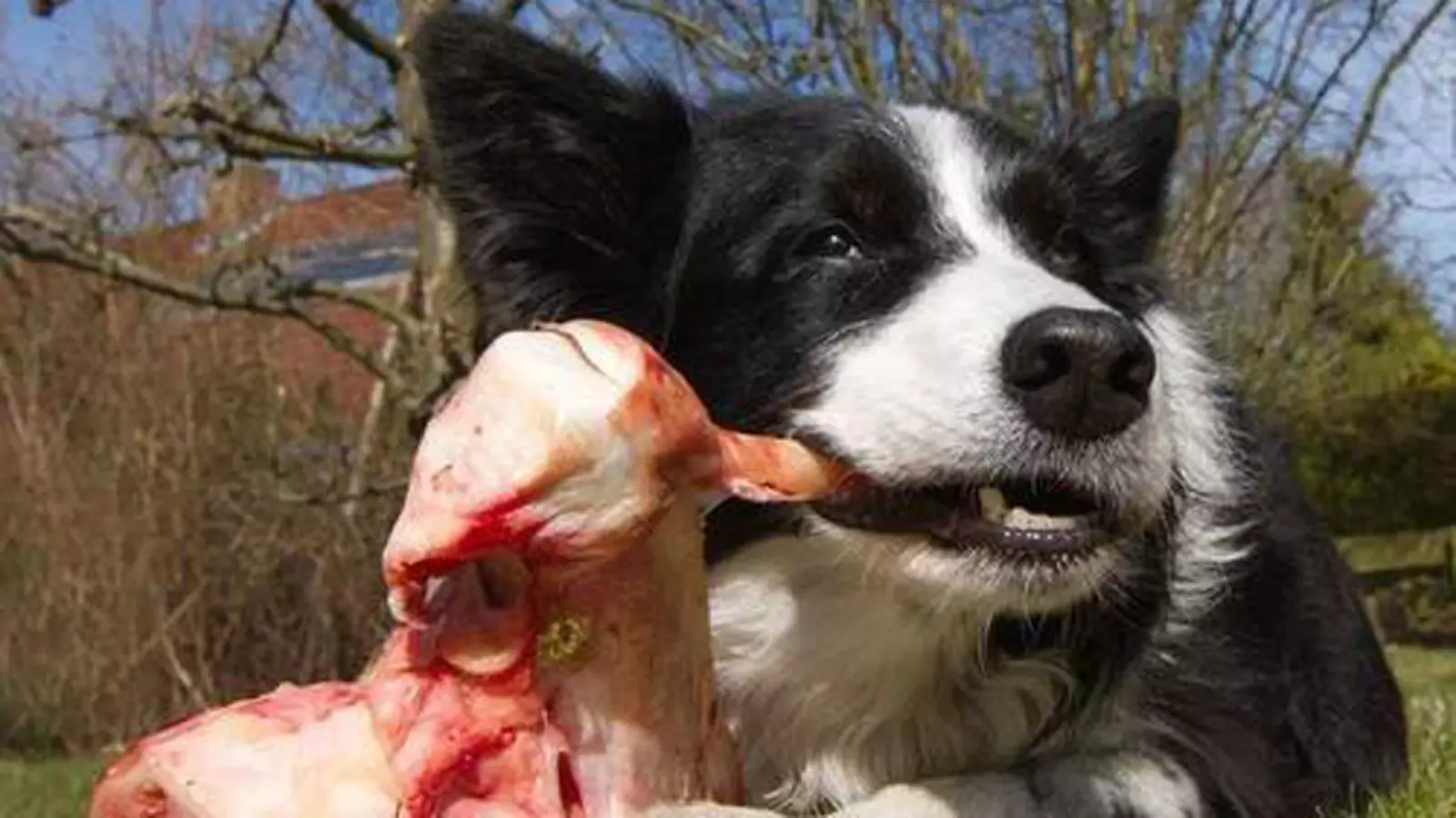
Can dogs eat raw beef? The benefits and drawbacks of beef for dogs
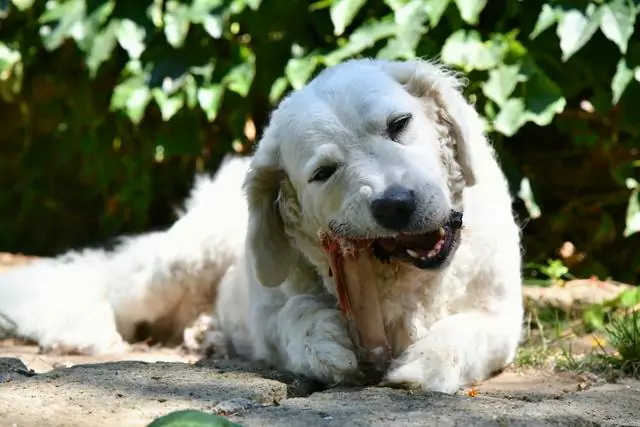
Is raw meat good for dogs? Can dogs eat raw chicken?
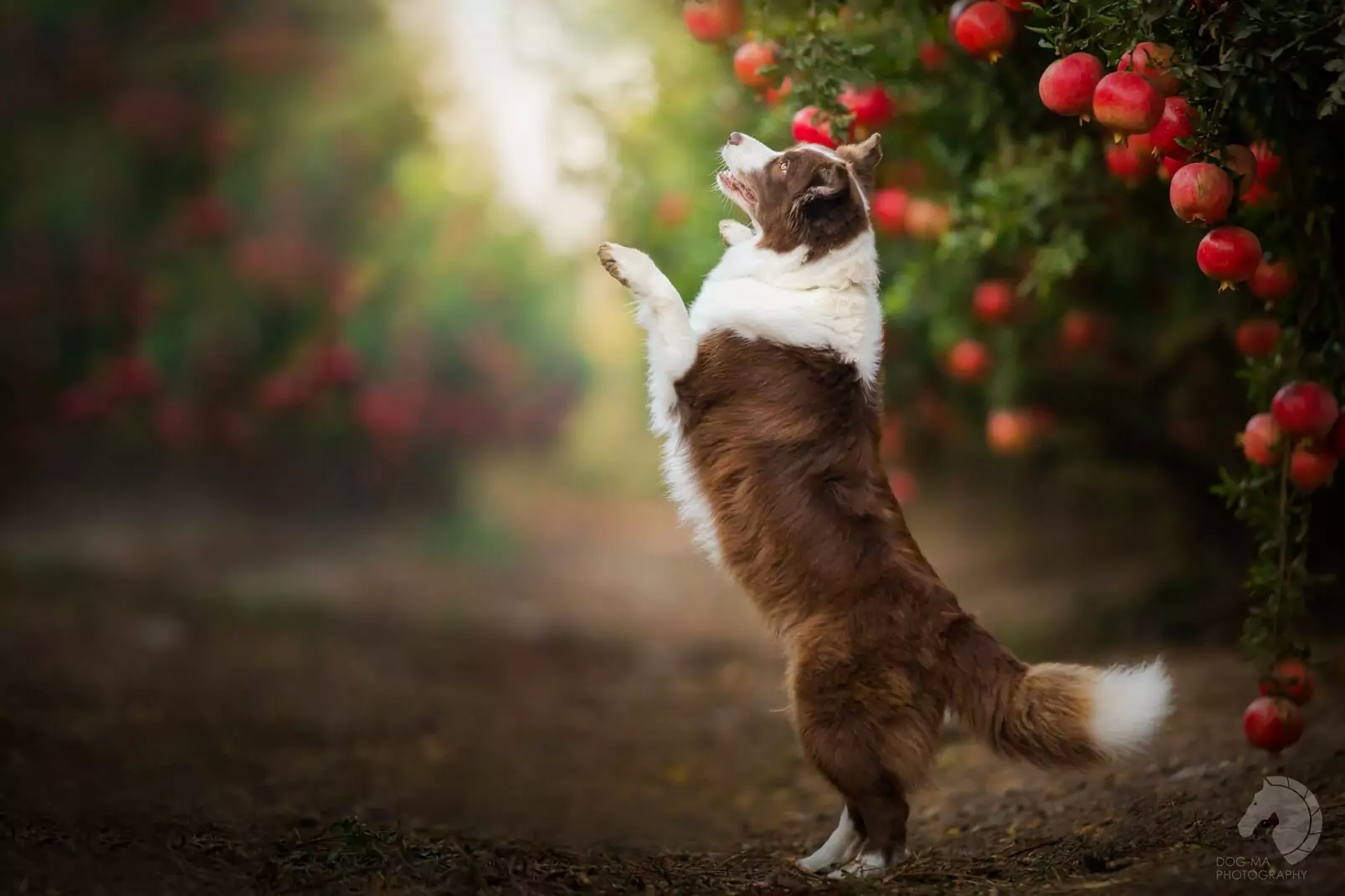
Can dogs eat pomegranates?

Can dogs eat ham?Can all types of ham hocks be eaten?

How to give a dog a bath
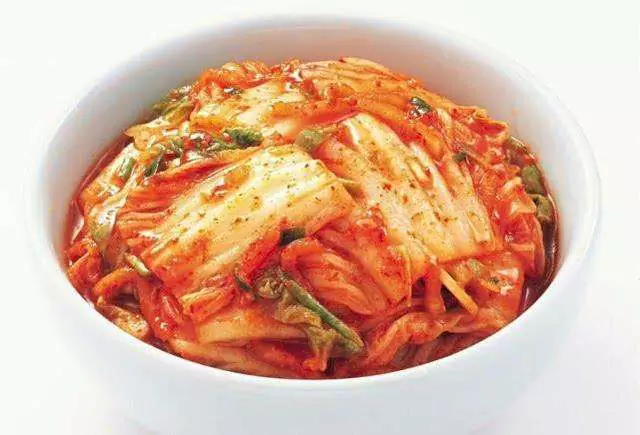
Can dogs eat kimchi?







